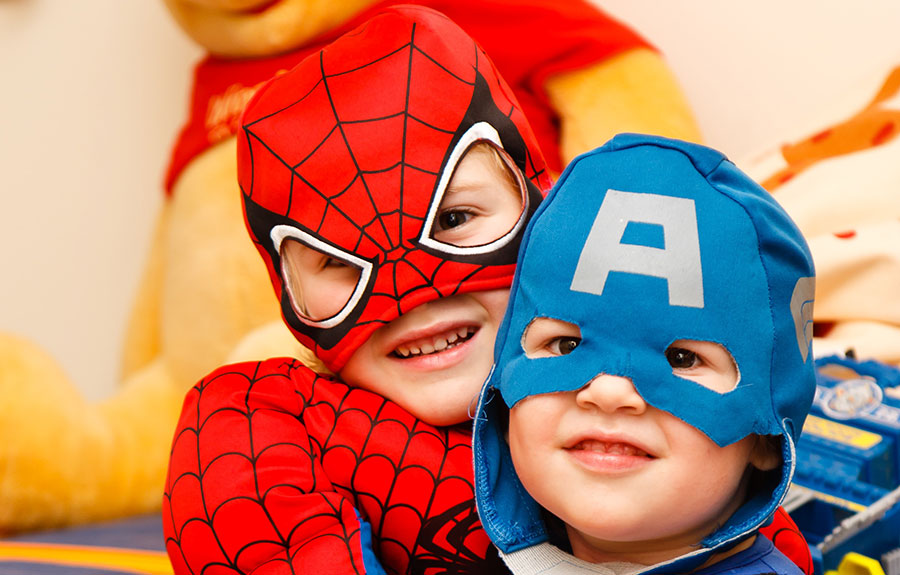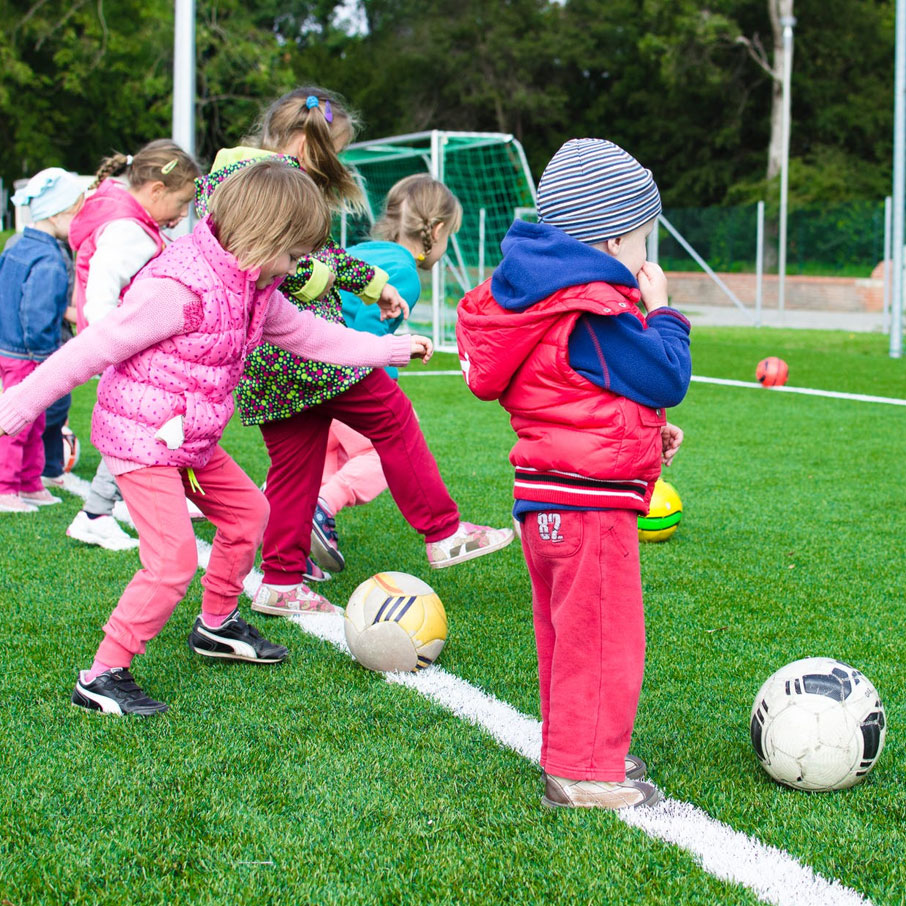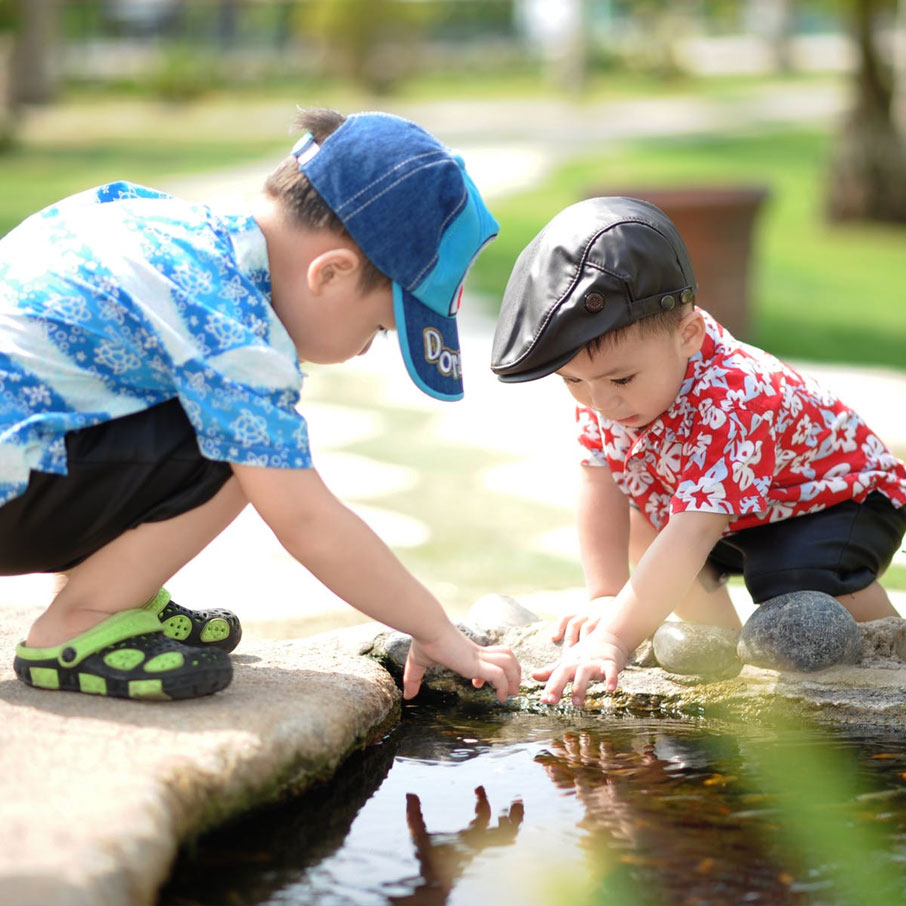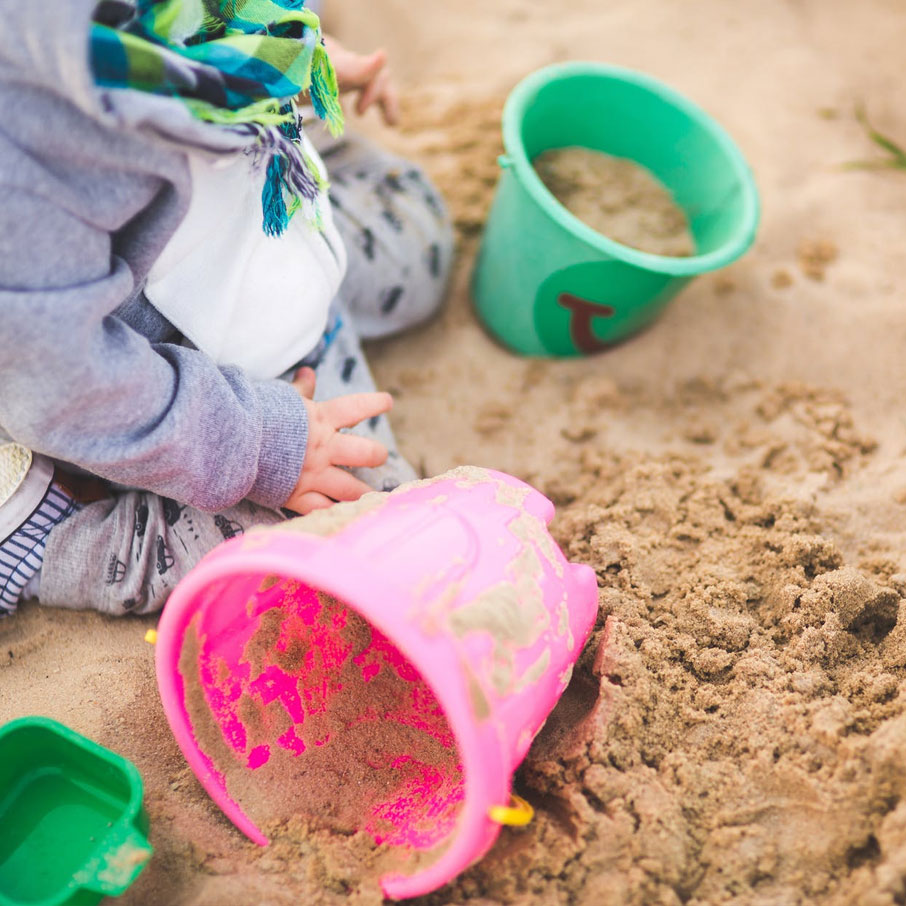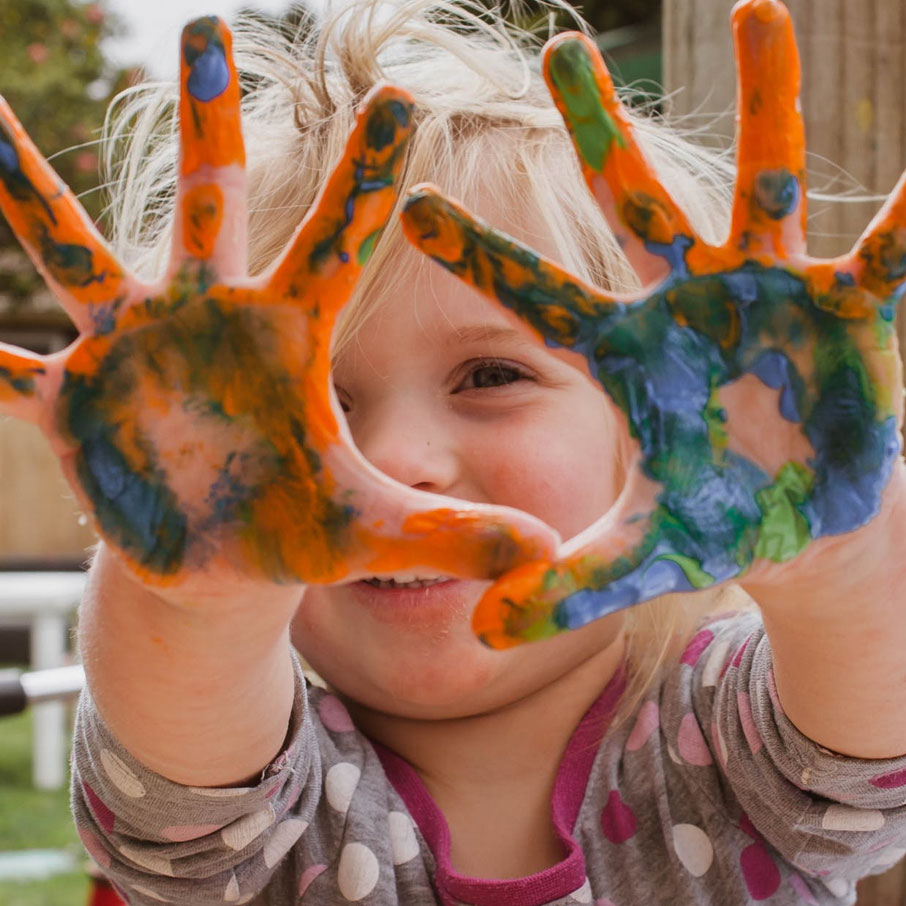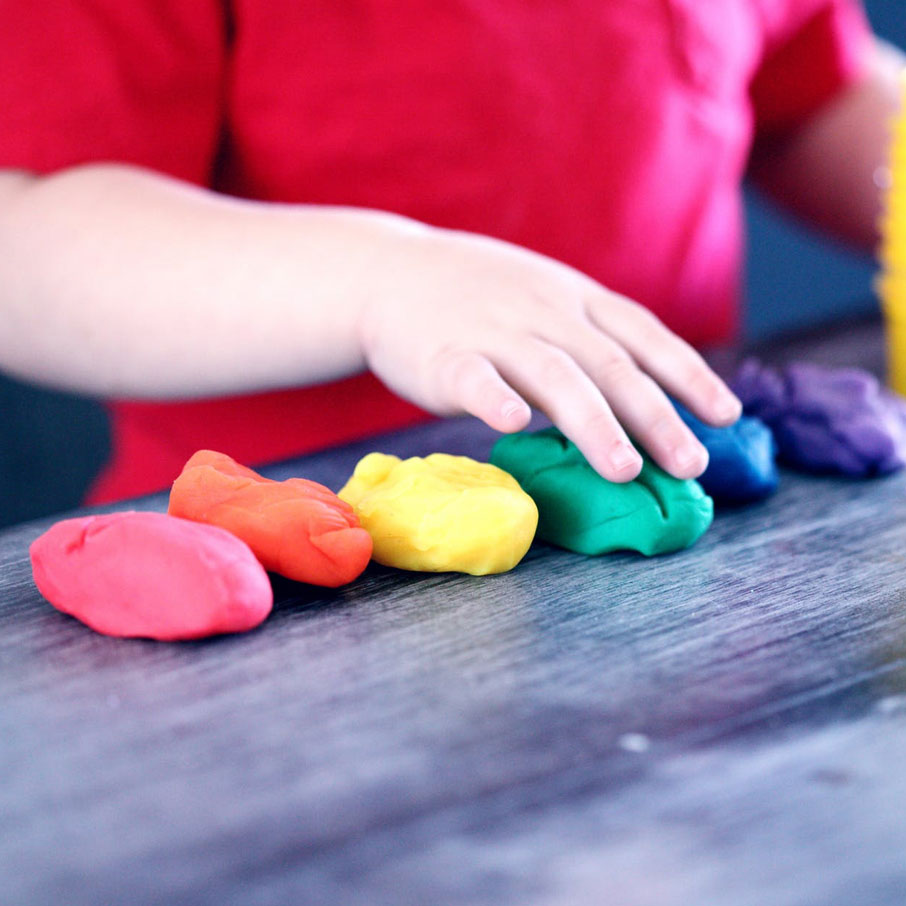Welcome to Little Einstein's Montessori Preschool, a community where parents, faculty and staff join together to provide a nurturing environment that allows children to grow and discover their place in the world. We encourage independent, self-directed learning for life in a child-centered community valuing peace, respect for others, and pride in individual differences.
Why Spanish? ¿Por Qué Español?
Give your child the lifetime boost of knowing a second language.
According to the US Census, 1 in 5 US residents speak a foreign language at home, even though most speak English well. Spanish is overwhelmingly the non-English language spoken in the US. LEM provides a unique window into this language and its cultures. Class sizes are limited to enhance dialogue, improve retention, and are taught by native Spanish-speaking degreed teachers who are fluent in English.
What is the best age to introduce a child to a second language?
The earlier a child learns a language, the better. Studies have shown that children, who learn another language before the age of five, learn with the same part of the brain that they use to speak their mother tongue. Younger children do not have inhibitions and so will speak naturally and with native like pronunciation.
Why a second language?
Many children derive benefits from early second language instruction, such as improved overall school performance, superior problem-solving skills, improved creativity and ability to approach complex matters. Learning a second language is a fantastic opportunity to keep young ‘sponge like’ brains stimulated, setting good life-long habits.
Will a second language interfere with my child's English ability?
In most cases, learning another language enhances a child's English ability. Comparing two language systems aids with the understanding and use of each. Reports have demonstrated that children who have learned a second language earn higher SAT scores.
Is it harder for a child to acquire two languages at once?
There is no evidence to suggest this. A child does not have to be exceptional to be bilingual; as long as the child is exposed to two languages throughout early childhood, he or she will acquire them both.

